How to find the extraction problem by looking at the concentrated oil?
As more and more people develop the habit of drinking coffee every day, the family coffee corner also follows the trend into everyone's house, and the front street backstage often receives questions about making coffee at home. Among them, Italian concentrated fat is one of the most common extraction problems of small partners, so let's talk about it today.
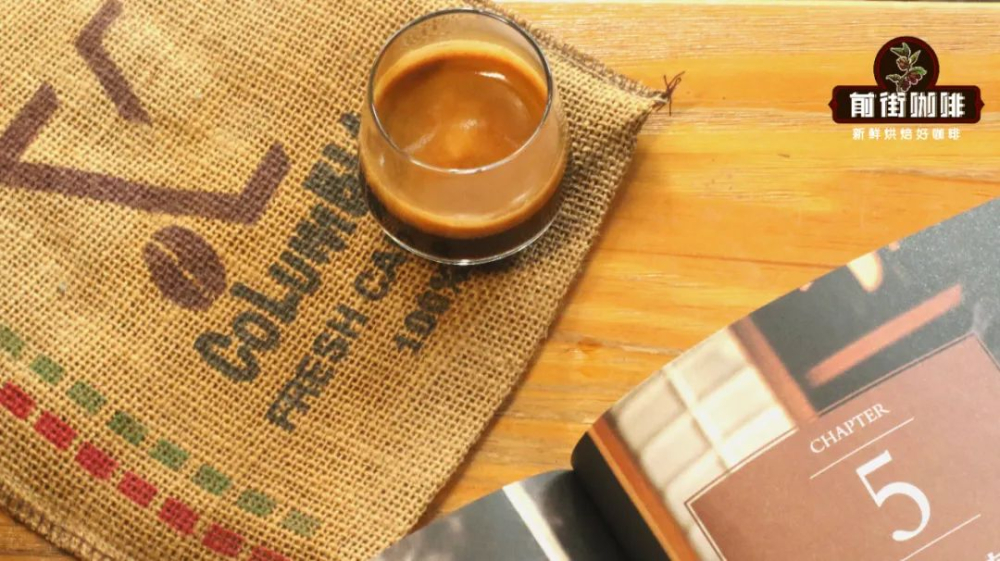
Is the "fat" in Espresso oil?
When we let the freshly extracted espresso sit, we can see that the upper light color part is composed of countless tiny bubbles. These bubbles are formed due to the pressure of the coffee machine during extraction, and the insoluble oil in the coffee powder is wrapped with carbon dioxide. It is called "Crema" in Italian, and most baristas in China are accustomed to calling it "grease".
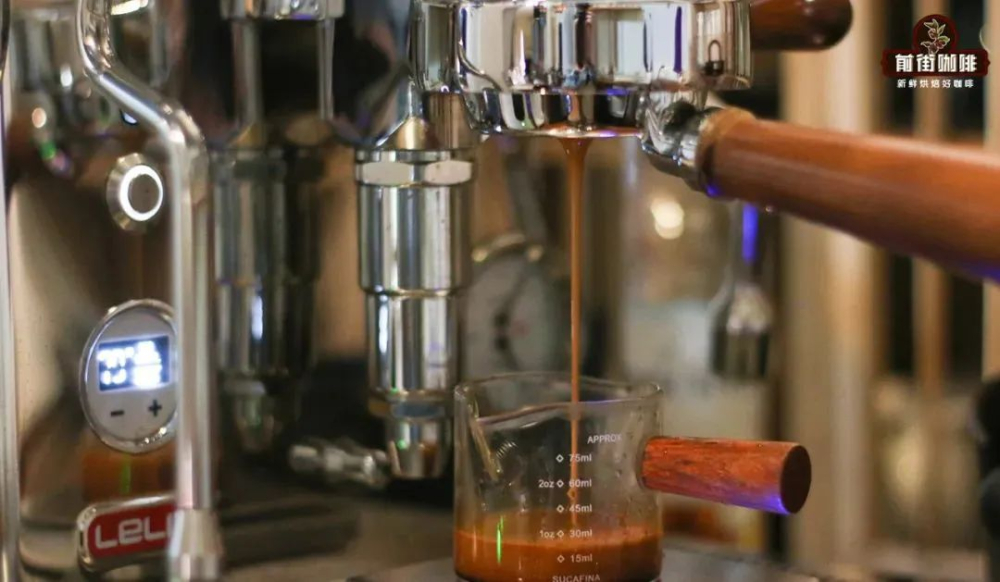
If you leave the shot for an hour, the carbon dioxide dissipates and Crema disintegrates. At this time, you can see a clear layer of reflective material floating on the coffee solution, which is the real coffee fat.
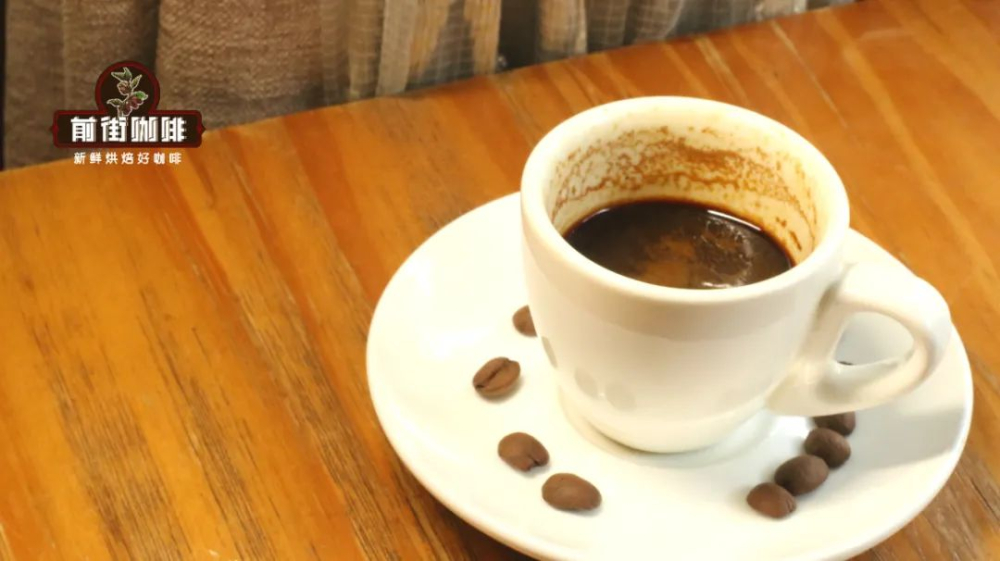
How to make Espresso have beautiful Crema?
High quality Crema is golden yellow, smooth on the surface, uniform in color, creamy and smooth when shaken, and has a distinct wall feel. It not only makes the concentrate have a good visual effect, but also enriches the taste and aroma when tasting, protects the flavor of coffee, and is more conducive to the fusion of flowers and support patterns when making hot milk coffee. Maybe that's why people go to great lengths to find the perfect Espresso!

According to the usual extraction experience, in order to get rich Crema, it is necessary to give priority to beans with high fat content and sufficient carbon dioxide on coffee beans, such as medium-deep roasting, in the taste period (45~60 days), or fresh Italian formula beans with a certain proportion of Luo beans. Choosing the right coffee beans, but also with fresh grinding, stable high temperature, enough extraction pressure, plus reasonable extraction parameters, to meet these key factors, it is enough to get rich in dense fat Espresso.
In general, the fresher the beans, the deeper the roast, the greater the pressure on the equipment, the more stable the performance, and the better the performance of the coffee fat. Next, we will analyze the specific situation in detail, and the front street will teach you how to judge the state of Espresso by observing the oil form, so as to solve the common problems in various extractions.
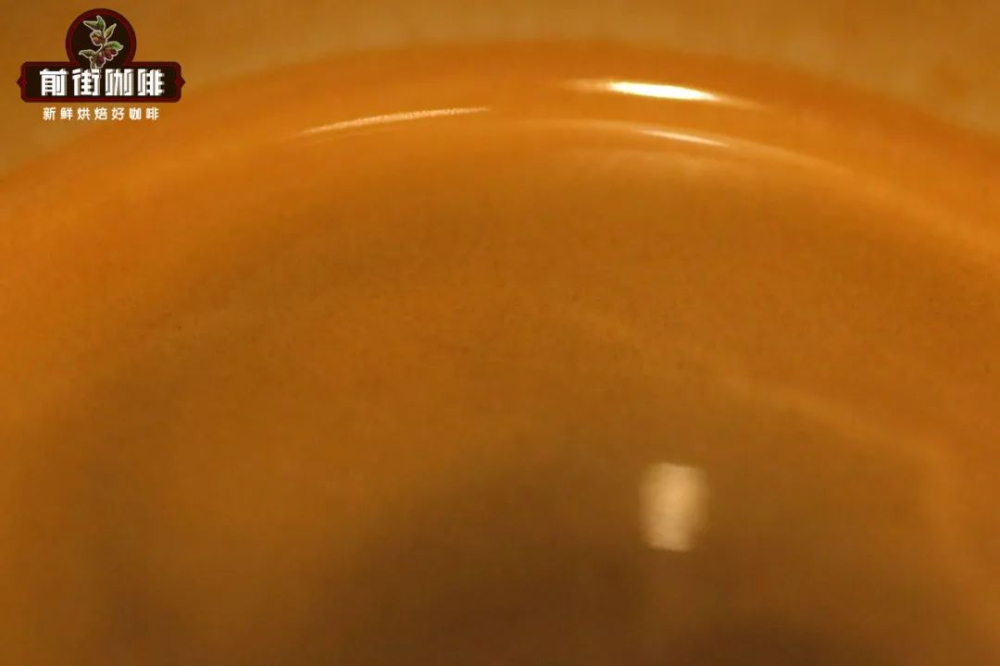
No fat at all, or thin fat: The problem is most likely that the beans have been stored too long (including improper storage and pre-grinding of coffee beans). The longer the coffee beans are stored, the more CO2 they lose, and the less coffee fat they end up with. Secondly, the pressure of the coffee machine is too small, the temperature is too low, the grinding degree is too coarse, and the pressure of the powder is not enough... It is also the cause of the formation of too little coffee fat.
Grease Whitening: If you extract a concentrate with a good fat thickness, but lack a golden color, the overall taste tends to be sharp and sour. Then, it is likely that because of the use of beans with a light roasting degree, such as the front street to take the main performance of fruit acid flavor of Kocher coffee beans to do Italian espresso, because of not finding the right degree of grinding and resulting in insufficient extraction, coffee shows an unpleasant sour taste, accompanied by white fat.
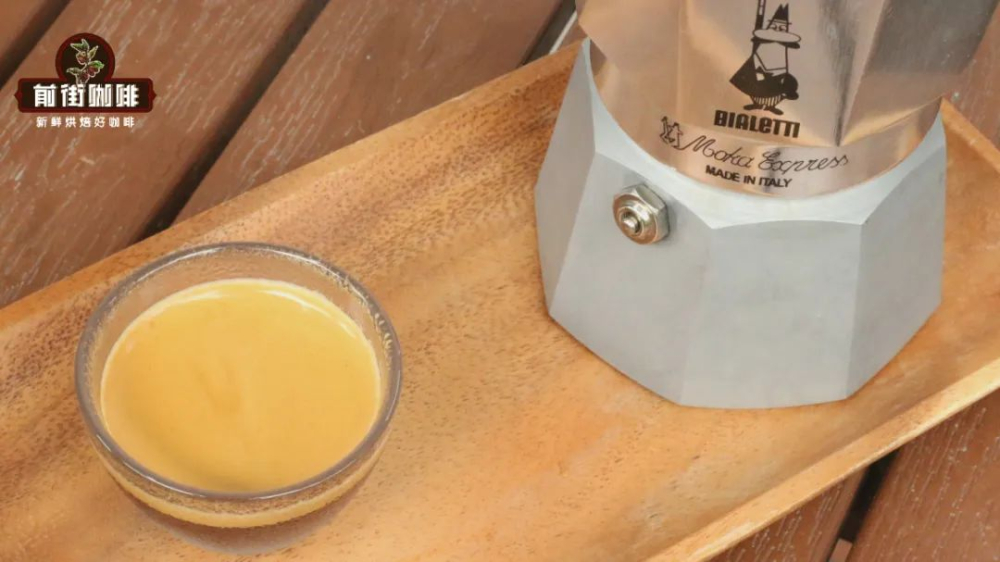
Crude, foamy, and lumpy: This concentrated Crema generally has a distinct "pimple" shape, often short duration, rapid dissipation, and poor fluidity, just like our too old milk foam, which is difficult to push open and fuse.
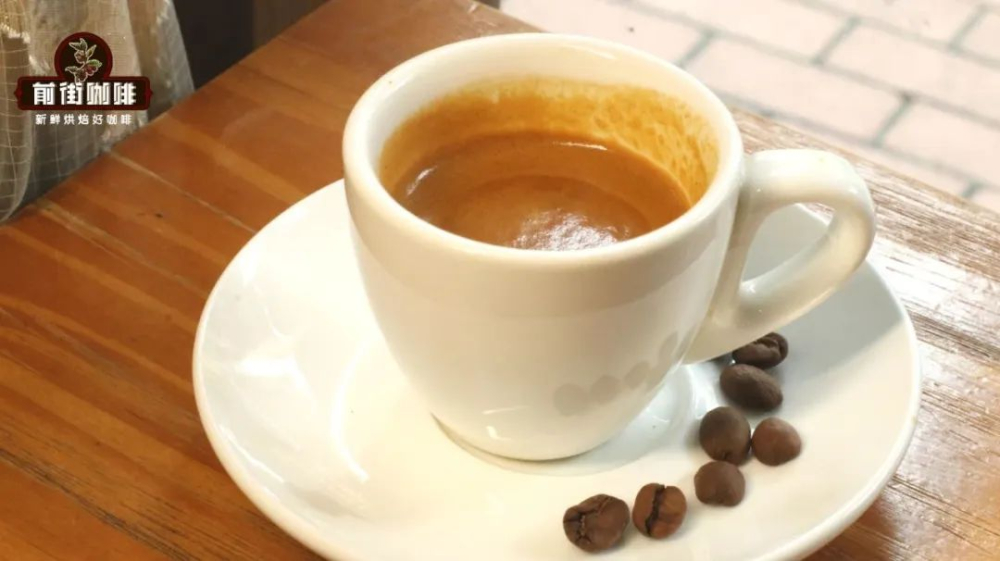
This is because coffee beans are too fresh, caused by too much gas, just baked beans contain a lot of carbon dioxide, when a lot of gas is pressed into the coffee liquid, emulsified fat can not completely wrap them, so it will form a bubble after the caking phenomenon. Once returned to normal temperature and pressure, unstable bubbles disintegrate quickly over time. If you are experiencing this situation, it is recommended to cultivate the beans before extracting them (7 - 10 days).
- END -
Front Street Cafe
No.10 Baoanqian Street, Yandun Road, Dongshankou, Yuexiu District, Guangzhou City, Guangdong Province

Important Notice :
前街咖啡 FrontStreet Coffee has moved to new addredd:
FrontStreet Coffee Address: 315,Donghua East Road,GuangZhou
Tel:020 38364473
- Prev

What should I do if the coffee is blocked and not put into the water? How to make a coffee bag without wasting?
After reading the title, I believe that some friends have repeatedly issued the cry of "yes, yes, so am I." and quickly slide down to solve the doubts in my heart. Obviously follow the steps in the tutorial: tear open-hang-boil water-inject water-wait for it to finish dripping. However, it seems to be a long time ago, why is the water still floating on it, coffee?
- Next

I heard that the amount of beans in the Italian bean grinder will affect the concentrated state.
Friends in many coffee shops often ask why beans in bean stores are often asked to be close to full. Does this have any different effect? This is about to mention this trapezoidal structure device that can often be seen on Italian bean grinders. The trapezoidal canopy is located above the bean grinding cutter head. Look at it.
Related
- Beginners will see the "Coffee pull flower" guide!
- What is the difference between ice blog purified milk and ordinary milk coffee?
- Why is the Philippines the largest producer of crops in Liberia?
- For coffee extraction, should the fine powder be retained?
- How does extracted espresso fill pressed powder? How much strength does it take to press the powder?
- How to make jasmine cold extract coffee? Is the jasmine + latte good?
- Will this little toy really make the coffee taste better? How does Lily Drip affect coffee extraction?
- Will the action of slapping the filter cup also affect coffee extraction?
- What's the difference between powder-to-water ratio and powder-to-liquid ratio?
- What is the Ethiopian local species? What does it have to do with Heirloom native species?

